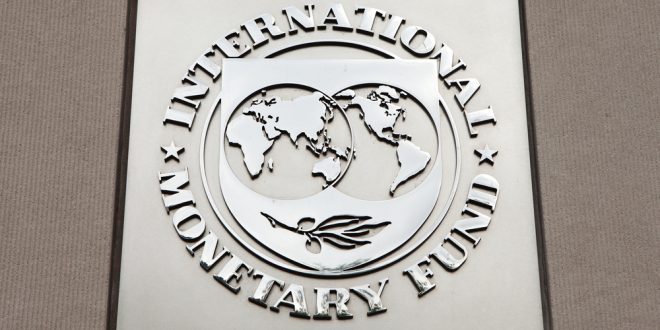The latest World Economic Outlook paints a grim picture of a global economy in flux, with growth projected to slip from 3.3 percent in 2024 to 3.2 percent in 2025 and a sluggish 3.1 percent in 2026. Advanced economies will crawl at around 1.5 percent, while emerging markets barely top 4 percent.
A modest upward tweak from earlier forecasts reflects some tariff extremes being dialed back through last-minute deals. Yet this slowdown masquerades as stability. Temporary boosts like front-loading shipments are fading fast, leaving a volatile world grappling with protectionism and fragmentation. Inflation eases globally but lingers stubbornly above targets in places like the United States, with upside risks lurking. Policymakers pat themselves on the back while the real economy grinds to a halt.
Downside risks pile up like storm clouds. Prolonged uncertainty, escalating trade barriers, and labor shocks from aging populations could slash growth further.
Fiscal weaknesses collide with rising borrowing costs, sovereign debt rollovers turn nightmarish, and a tech stock bubble burst could ripple into macro chaos. Threats to central bank independence erode the bedrock of sound money, inviting disaster. History offers stark lessons: the 2010s eurozone mess amplified shocks through policy dithering. Emerging markets dodged recent bullets not just by luck, but by toughening monetary and fiscal frameworks. These upgrades cut reliance on currency meddling, insulated central banks from political interference, and regained control over borrowing costs. Robust frameworks ease policy trade-offs ahead; laggards face runaway inflation and deep recessions if tightening delays amid sticky prices.
Industrial policy surges as the hot new fad—governments pumping cash into “strategic” sectors to spark productivity, cut import dependence, and build resilience. The appeal seems noble, yet it poses a dangerous gamble. It might kickstart industries, but wrong choices saddle economies with higher consumer prices, massive fiscal bills amid soaring debt, and resources sucked from efficient sectors.
Spillovers tank overall productivity, and without ironclad institutions, complementary reforms, and macro discipline, cronyism festers. The 1970s oil shocks illustrate the peril: heavy-handed interventions prolonged pain rather than easing it. Trade-offs demand brutal reckoning—opportunity costs hit wallets hard.
The old playbook proves obsolete in this flux. Transparent, sustainable policies must rebuild trust, prioritizing fiscal buffers and structural overhauls. Trade diplomacy requires real macro adjustments, central bank autonomy demands safeguarding, and industrial tools warrant sparing, rigorously targeted use. Choppier waters loom for 2026, demanding action now.
Three steps emerge to thrive: audit fiscal vulnerabilities ruthlessly; double down on labor reforms against demographic cliffs; innovate beyond protectionism via workable global pacts. Dismiss this path, and a lost decade awaits. Embrace it, and emerging markets could spearhead resurgence, proving resilience is built, not bought. The choice stands stark: adapt boldly or watch growth flicker out.

 Noor Trends News, Technical Analysis, Educational Tools and Recommendations
Noor Trends News, Technical Analysis, Educational Tools and Recommendations




